Browse Books
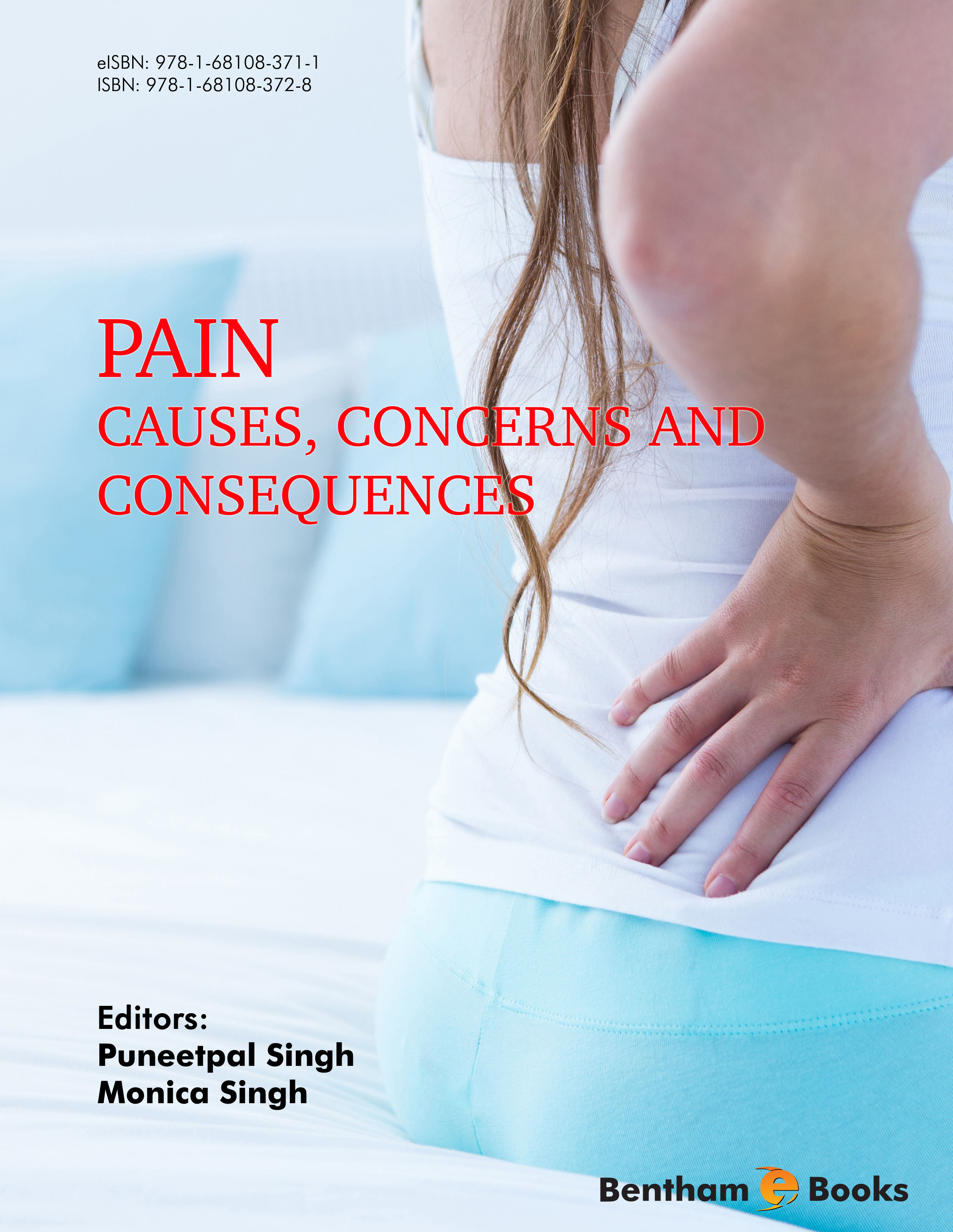
Pain: Causes, Concerns and Consequences
Oct 2016
Book
Puneetpal Singh and
Monica Singh
Pain is a significant medical problem as it is a factor in many diseases and debilitating conditions. The processing of pain in the body is a complex process which involves nerve signaling in the milieu of biochemical molecular and genetic interactions occurring in the brain and other parts of the body. Pain as a spokesperson of real and impending injury outlives its usefulness as a warning signal and instead becomes chronic and excruciating. The transition Read More

Parasitic Diseases of Goats
Dec 2024
Book
Tanmoy Rana
Parasitic Diseases of Goats provides a comprehensive exploration of parasitic infections affecting goats and their impact on various organ systems. The book covers a wide range of parasitic diseases including those affecting the gastrointestinal respiratory cardiovascular nervous and urogenital systems as well as the liver pancreas skin and musculoskeletal system. Diagnostic techniques and therapeutic approaches for managing these infections are also dis Read More

Parasitic Weeds of Jordan: Species, Hosts, Distribution and Management
Feb 2022
Book
This book introduces the most recent research findings on selected parasitic weeds that occur in Jordan and are also spread in Middle Eastern countries. It is a valuable source of information for researchers students as well as farmers giving readers a better understanding of these regional parasites and their unusual growth patterns. The book set consists of two volumes. The first volume includes information about genera which are typically known as r Read More
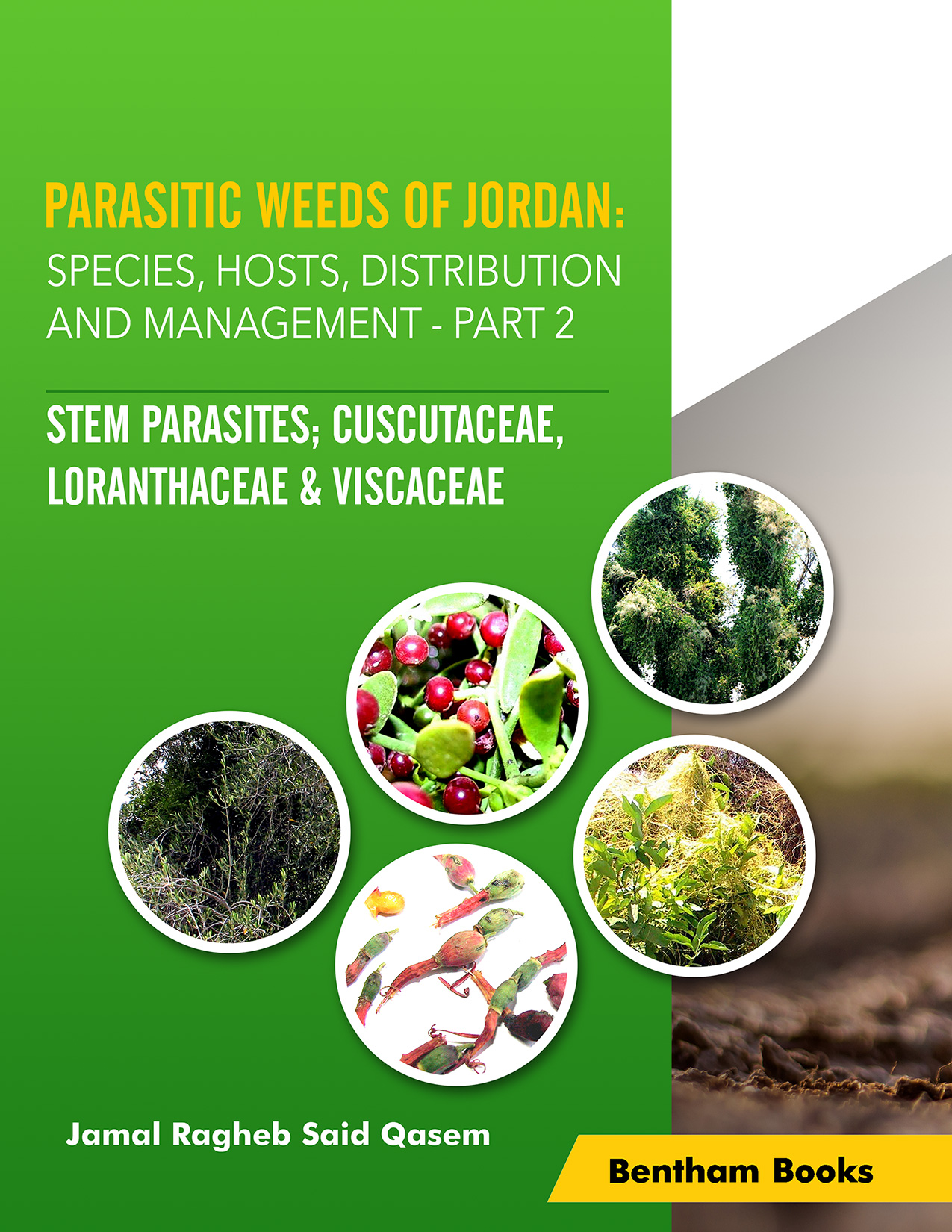
Parasitic Weeds of Jordan: Species, Hosts, Distribution and Management
Mar 2022
Book
This book introduces the most recent research findings on selected parasitic weeds that occur in Jordan and are also spread in Middle Eastern countries. It is a valuable source of information for researchers students as well as farmers giving readers a better understanding of these regional parasites and their unusual growth patterns. The book set consists of two volumes. The first volume includes information about genera which are typically known as r Read More
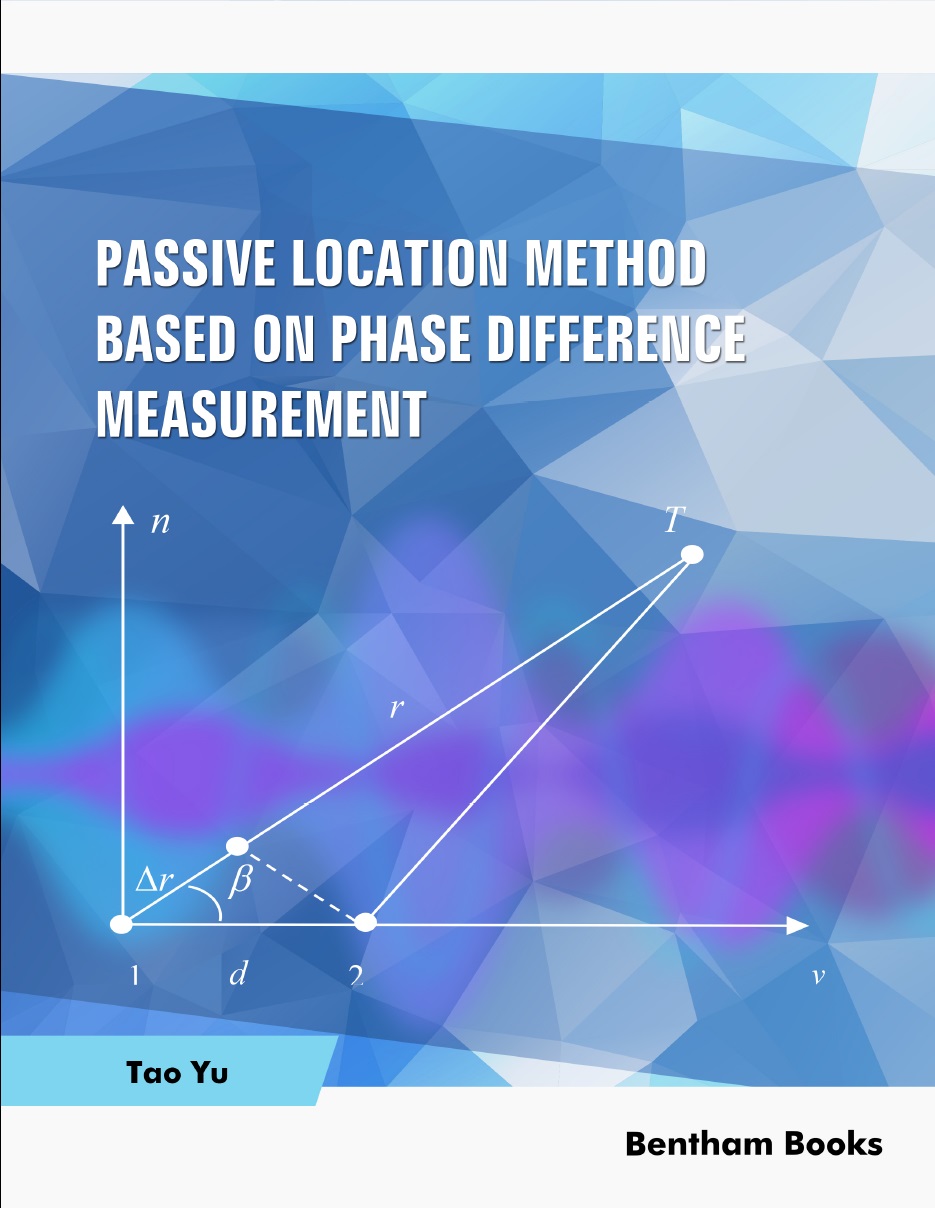
Passive Location Method Based on Phase Difference Measurement
Nov 2022
Book
Passive Location Method Based on Phase Difference Measurement presents groundbreaking information for developing passive positioning technologies. The author has put forward a series of innovative solutions from the perspective of engineering application theory with the aim of giving a basic understanding of the application of unambiguous phase difference localization techniques for long-range passive detection. On the basis of the existing linear soluti Read More

Pathogenic Escherichia coli in Latin America
Mar 2012
Book
Alfredo G. Torres
Pathogenic Escherichia coli are known to be a common cause of diarrheal disease a common cause of frequently occurring bacterial infections in children and adults in developing countries. It poses a significant problem in Latin America. Pathogenic Escherichia coli in Latin America presents current information on understanding pathogenic E. coli in Latin America and outlines prospects for future research in this region. It features a unique comprehensive Read More
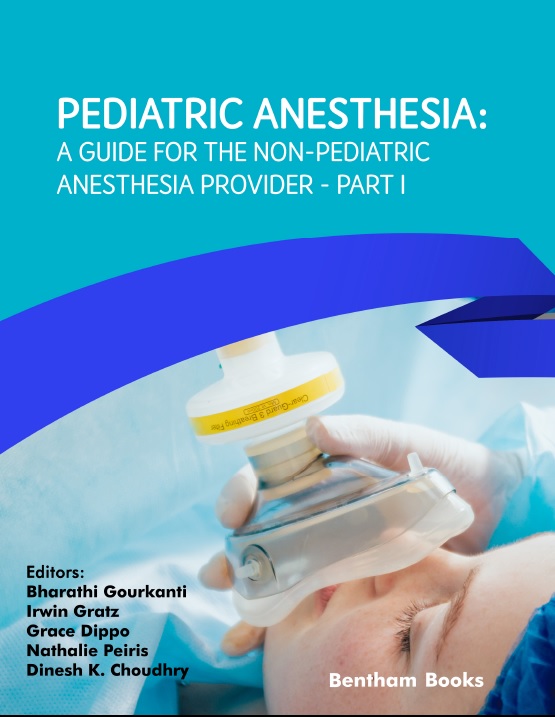
Pediatric Anesthesia: A Guide for the Non-Pediatric Anesthesia Provider Part I
Apr 2022
Book
Bharathi Gourkanti,
Irwin Gratz,
Grace Dippo,
Nathalie Peiris and
Dinesh K. Choudhry
Pediatric Anesthesia: A Guide for the Non-Pediatric Anesthesia is a comprehensive contemporary reference that addresses all aspects of pediatric anesthesia. Both students and medical practitioners - novice and experienced - will find invaluable educational and practical information in this book. The book covers the subject in two parts. Part I covers basic information about pediatric and neonatal anatomy and physiology pharmacology emergency room and op Read More
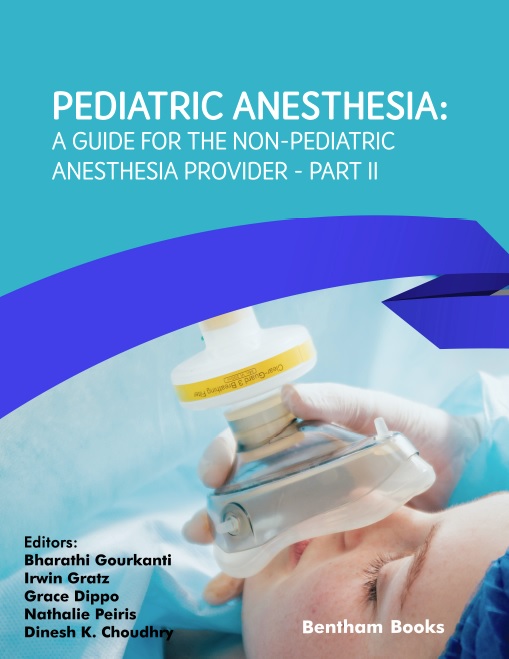
Pediatric Anesthesia: A Guide for the Non-Pediatric Anesthesia Provider Part II
May 2022
Book
Bharathi Gourkanti,
Irwin Gratz,
Grace Dippo,
Nathalie Peiris and
Dinesh K. Choudhry
Pediatric Anesthesia: A Guide for the Non-Pediatric Anesthesia is a comprehensive contemporary reference that addresses all aspects of pediatric anesthesia. Both students and medical practitioners - novice and experienced - will find invaluable educational and practical information in this book. The book covers the subject in two parts. Part I covers basic information about pediatric and neonatal anatomy and physiology pharmacology emergency room and op Read More
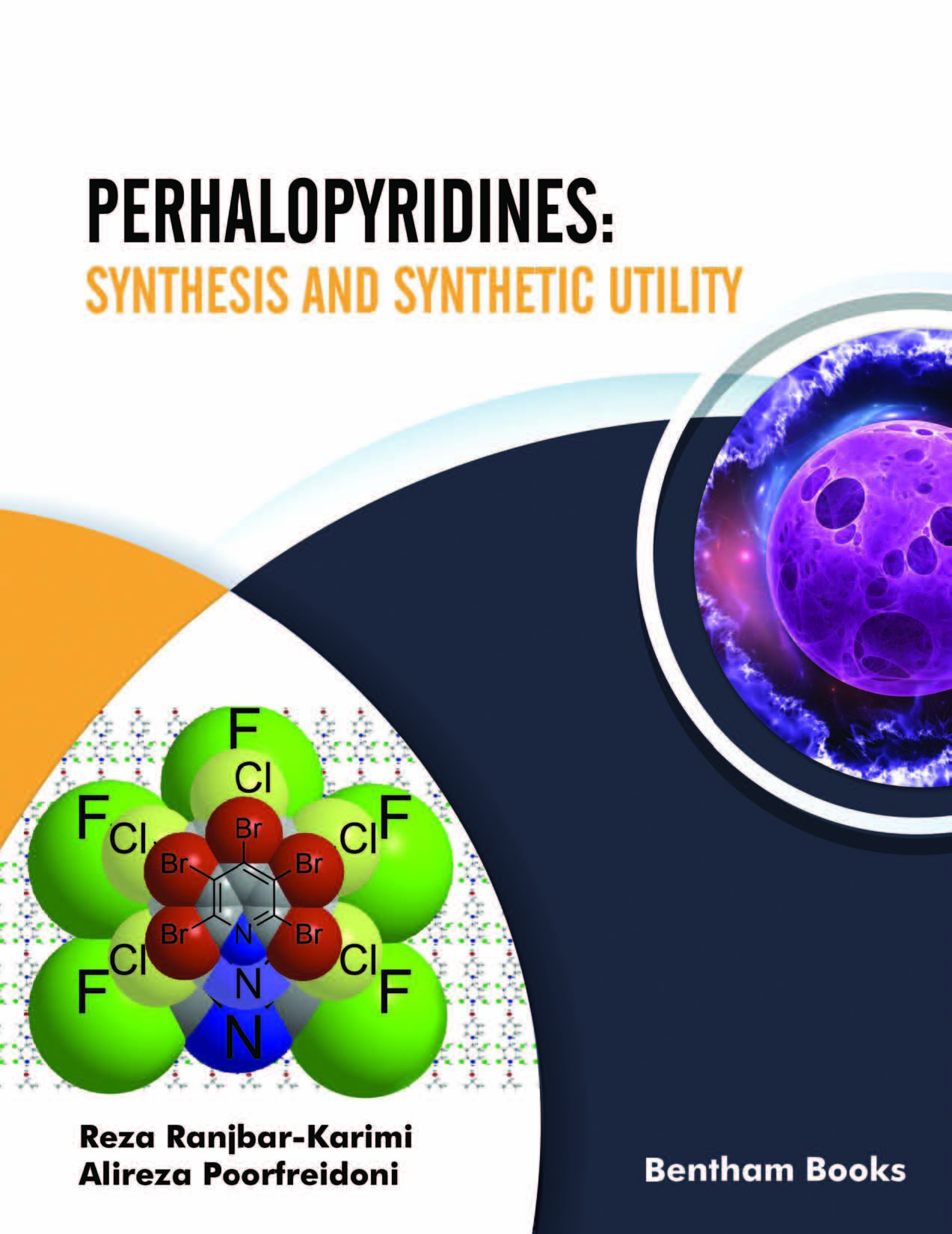
Perhalopyridines: Synthesis and Synthetic Utility
Sep 2020
Book
Halogenated pyridines can be used as interesting starting materials in a wide range of organic synthesis methods. Substituted pyridine compounds are used generally as starting materials in the nucleophilic substitution reactions and have unique scaffolds for the construction of other heterocyclic and macrocyclic compounds. They also have important medicinal properties. Due to synthetic difficulties in the synthesis of the highly substituted pyridine derivativ Read More
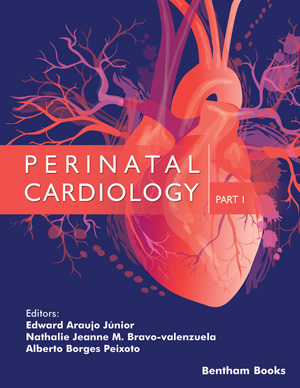
Perinatal Cardiology-Part 1
Jul 2020
Book
Edward Araujo Jnior,
Nathalie Jeanne M. Bravo-Valenzuela and
Alberto Borges Peixoto
In Perinatal Cardiology fetal cardiology experts provide key information on tools for fetal evaluation through echocardiography / cardiac ultrasonography with a primary focus on the nature and prenatal detection of structural and functional cardiac heart defects (CHDs). In this two-part book readers will find details about different types of fetal cardiac abnormalities along with important updates on the diagnosis management planning delivery and postnatal tr Read More
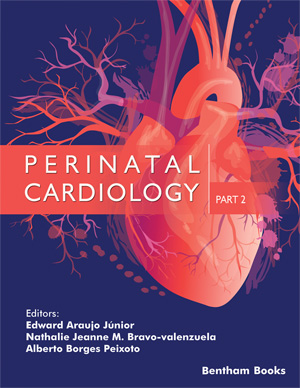
Perinatal Cardiology-Part 2
Jul 2020
Book
Edward Araujo Jnior,
Nathalie Jeanne M. Bravo-Valenzuela and
Alberto Borges Peixoto
In Perinatal Cardiology fetal cardiology experts provide key information on tools for fetal evaluation through echocardiography / cardiac ultrasonography with a primary focus on the nature and prenatal detection of structural and functional cardiac heart defects (CHDs). In this two-part book readers will find details about different types of fetal cardiac abnormalities along with important updates on the diagnosis management planning delivery and postnatal tr Read More
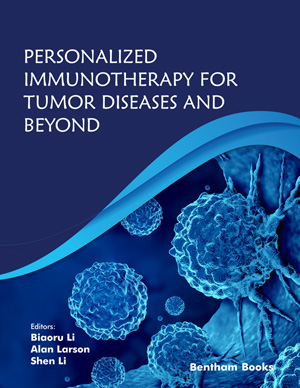
Personalized Immunotherapy for Tumor Diseases and Beyond
Nov 2020
Book
Biaoru Li,
Alan Larson and
Shen Li
This book introduces personalized immunotherapy with multi-dimensional models of analysis to determine the best plan for immunotherapy of patients. The book introduces readers to some basic concepts which lay the foundation for personalized immunotherapy: the development of a major histocompatibility complex (MHC) the genome profile of T cells and tumor cells and genome-wide association studies. Chapters also cover special topics such as new Read More

Petrogenic Polycyclic Aromatic Hydrocarbons in the Aquatic Environment: Analysis, Synthesis, Toxicity and Environmental Impact
Apr 2017
Book
Daniela M. Pampanin and
Magne O. Sydnes
Although a lot is known about the influence of Polycyclic Aromatic Hydrocarbons (PAHs) on the marine environment there are still many unanswered questions. Petrogenic Polycyclic Aromatic Hydrocarbons in the Aquatic Environment is a monograph that sums up basic knowledge about this topic while highlighting current research practices useful in studying the aquatic environment. It starts with an introduction to effect of PAH in the marine envi Read More
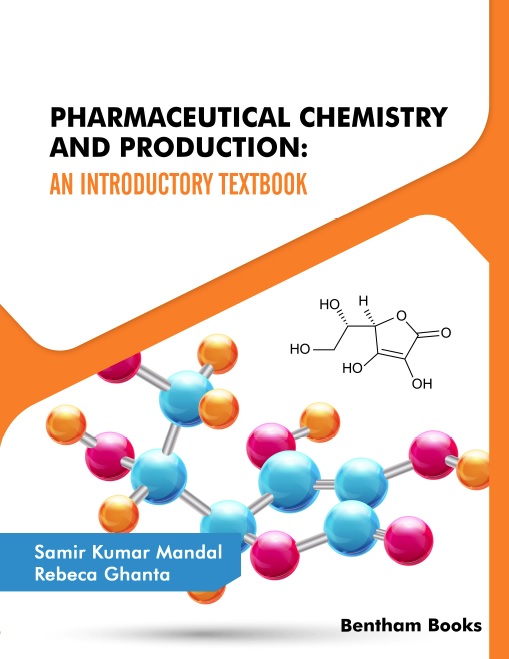
Pharmaceutical Chemistry and Production: An Introductory Textbook
Apr 2022
Book
This textbook summarizes preliminary knowledge of bioactive molecules which serve as pharmaceuticals their use synthesis and mode of action as well as the production of commercial constituents such as ethanol citric acid antibiotics amino acid and vitamins. The text is written mainly for the undergraduate and graduate levels of study of all Indian universities according to the recently implemented CBCS curriculum in a simple manner while keeping po Read More
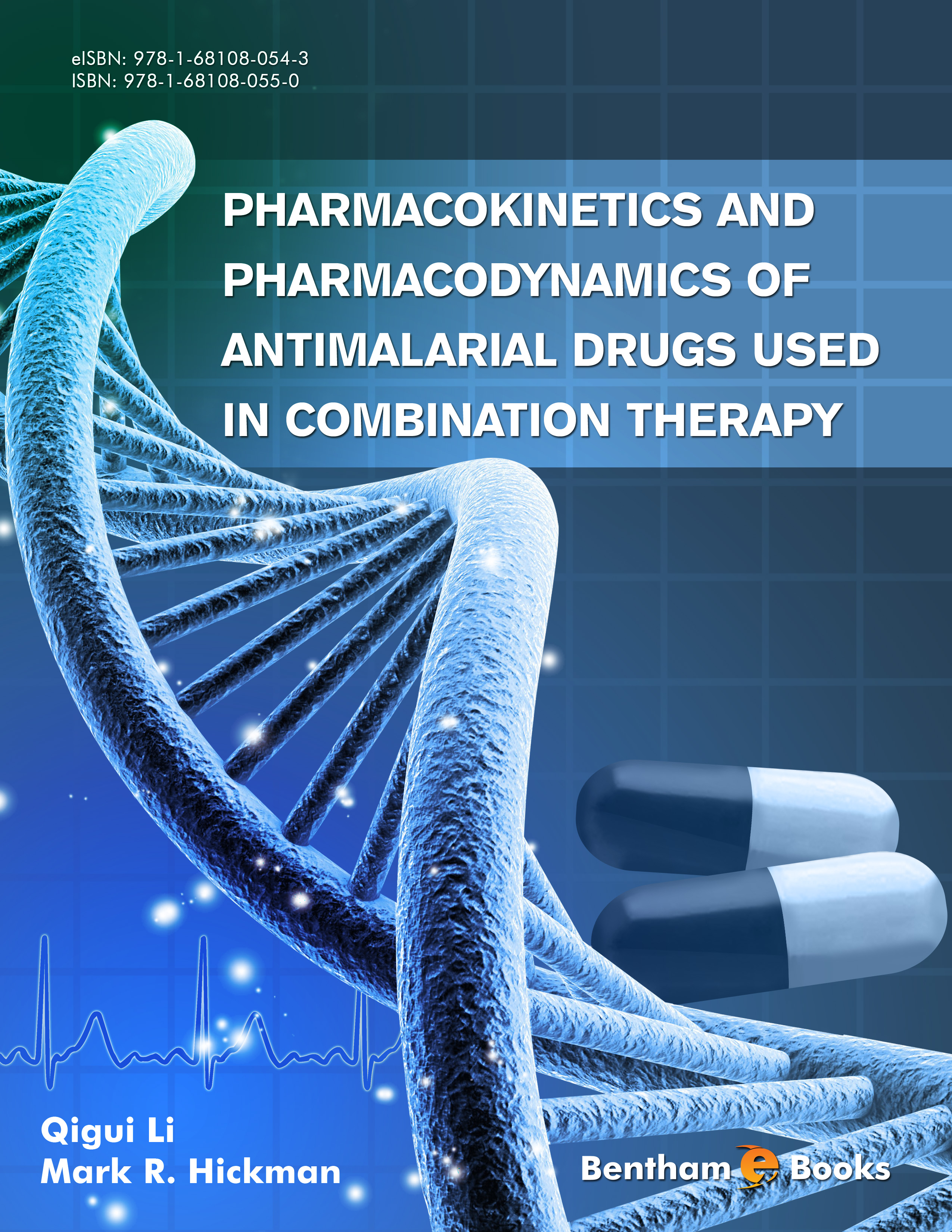
Pharmacokinetics and Pharmacodynamics of Antimalarial Drugs Used in Combination Therapy
Jun 2015
Book
Malaria takes a great toll on human health and well-being particularly in tropical regions including Sub-Saharan Africa Southeast Asia Oceania and parts of the Americas. In recent years some Plasmodium strains have become increasingly resistant to all classes of conventional antimalarial drugs currently in use. Researchers have therefore stepped up efforts to revise atimalarial drug policies develop new drugs and implement new strategies to combat this Read More
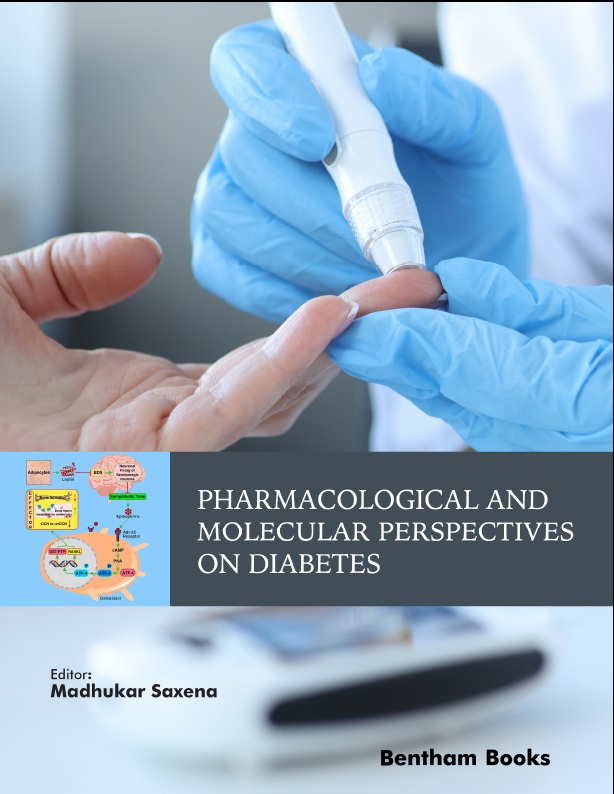
Pharmacological and Molecular Perspectives on Diabetes
Apr 2022
Book
Madhukar Saxena
Pharmacological and Molecular Perspectives on Diabetes is a compilation of reviews on clinical and scientific aspects of diabetes mellitus. It presents 11 contributions by eminent scholars that give the reader rational pharmacological and genetic perspectives of the disease and its treatment. The reviews approach diabetes from different angles and highlight research that has been done to understand some questions about the molecular biology of Read More
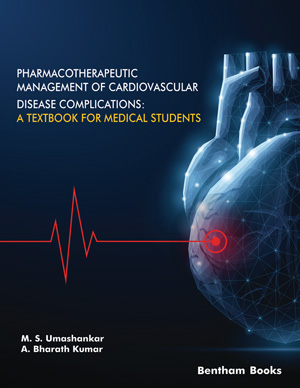
Pharmacotherapeutic Management of Cardiovascular Disease Complications: A Textbook for Medical Students
Sep 2020
Book
Pharmacotherapeutic Management of Cardiovascular Disease Complications is an essential textbook that comprehensively informs the reader about a broad variety of cardiovascular pathologies and their management through drug therapy. Key Features: - Features 22 chapters with 17 chapters dedicated to the management of a wide range of cardiomyopathies and related complications - Introduces readers to heart anatomy and physiology for both medi Read More

Phenotypic and Genotypic Diversity of Rhizobia
Sep 2012
Book
Rhizobia are composed of specific groups of bacteria that have the ability to induce symbiotic nitrogen-fixing nodules on the roots or stems of leguminous plants. Rhizobia have attracted a great attention for more than 4 decades because of their enormous agricultural and economic value in sustainable agriculture. Up to the present time many legumes have been found to be nodulated by several rhizobial species in diverse taxonomic groups. An a Read More

Phosphorylated Extracellular Matrix Proteins of Bone and Dentin
Sep 2012
Book
Michel Goldberg
Phosphorylated Extracellular Matrix Proteins of Bone and Dentin is the second volume of the e-book series Frontiers between Science and Clinic in Odontology. The phosphorylated proteins of the extracellular matrix of bone and teeth play a crucial structural role in the two tissues. They also act as signaling molecules. Phosphorylated extracellular matrix proteins have been implicated in nucleation and mineralization of skeletal tissues. This e- Read More
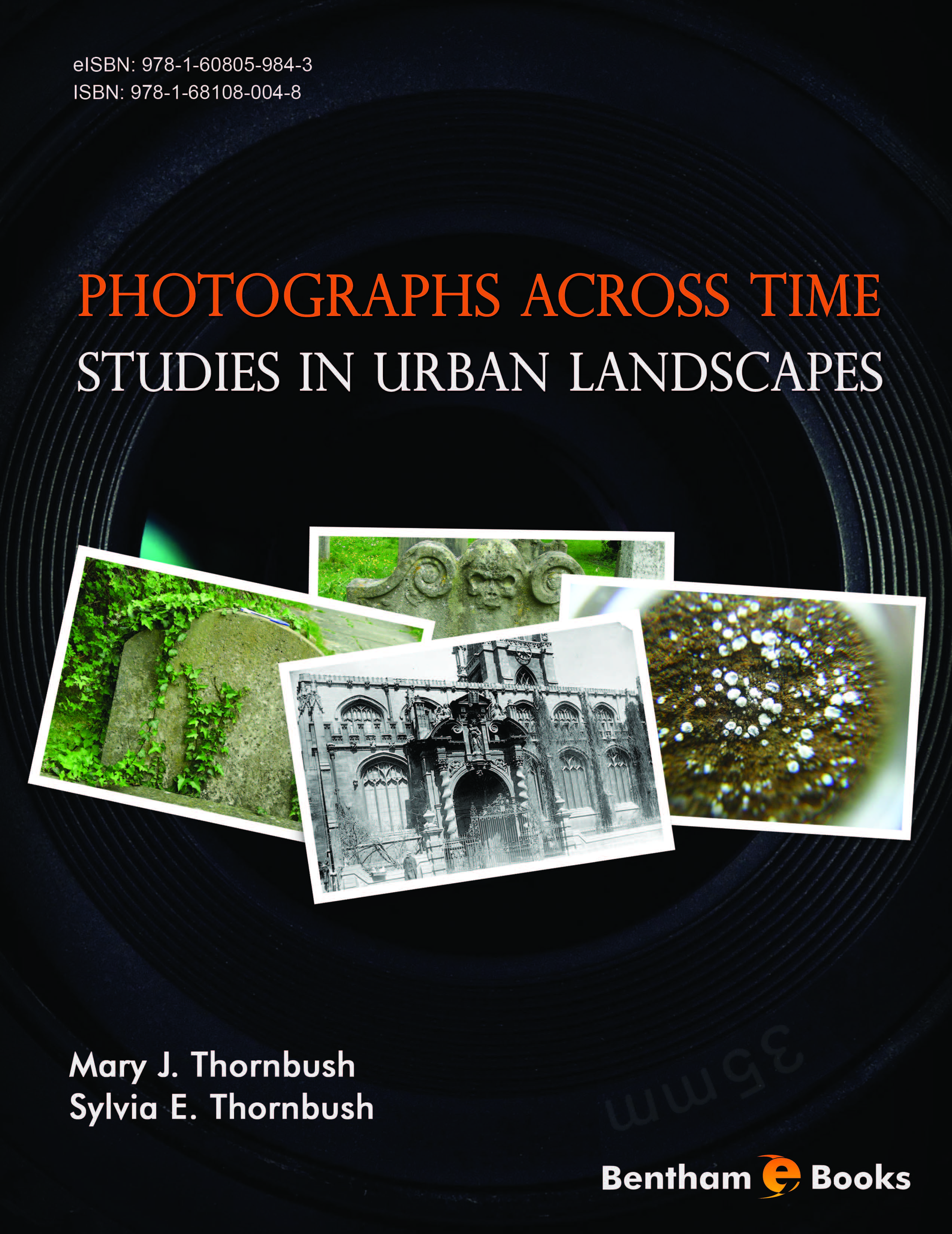
Photographs Across Time: Studies in Urban Landscapes
Jan 2015
Book
Photographs Across Time: Studies in Urban Landscapes presents a record of urban environments in Britain including Oxford York Scarborough Dunbar Edinburgh and Inverness. It is a unique demonstration of how digital photography bridges urban landscape studies with archaeology and heritage studies. The book revisits several landscape and weathering studies in churchyards throughout England and Scotland in the UK. The book explains cross tempo Read More
No more items...
